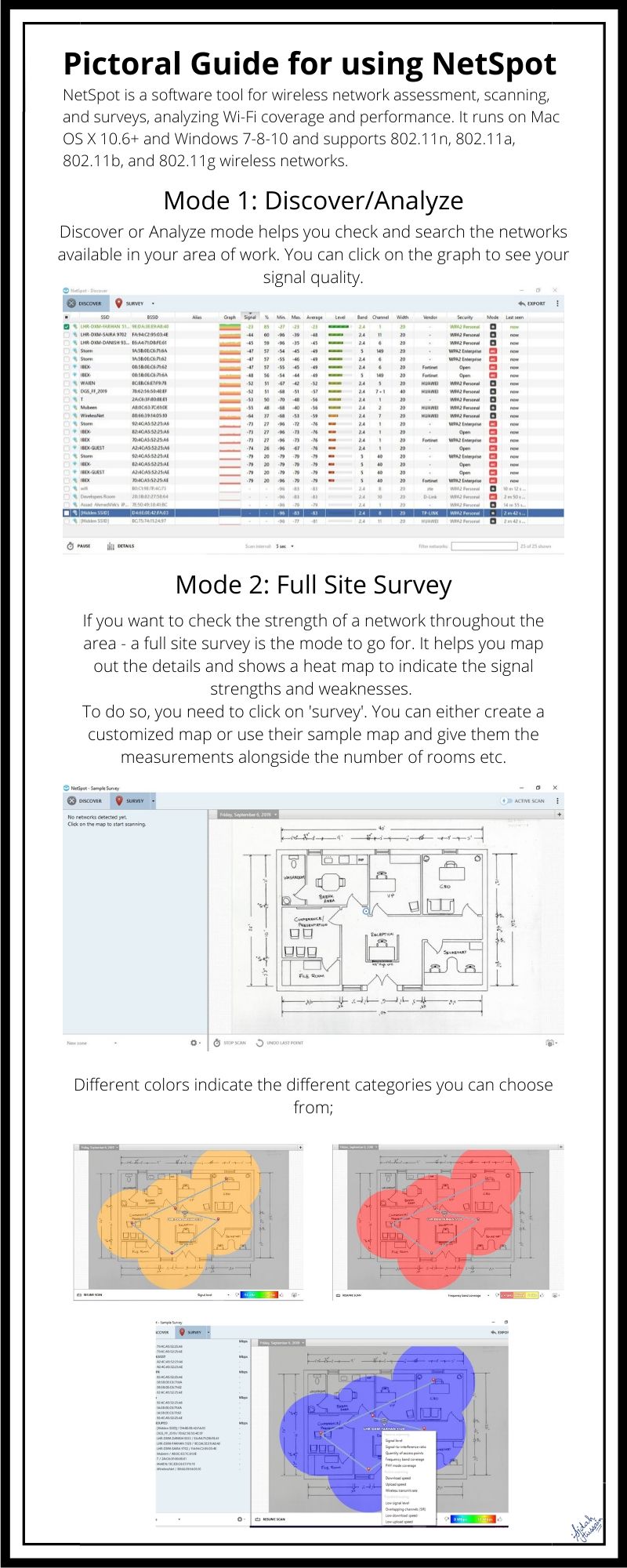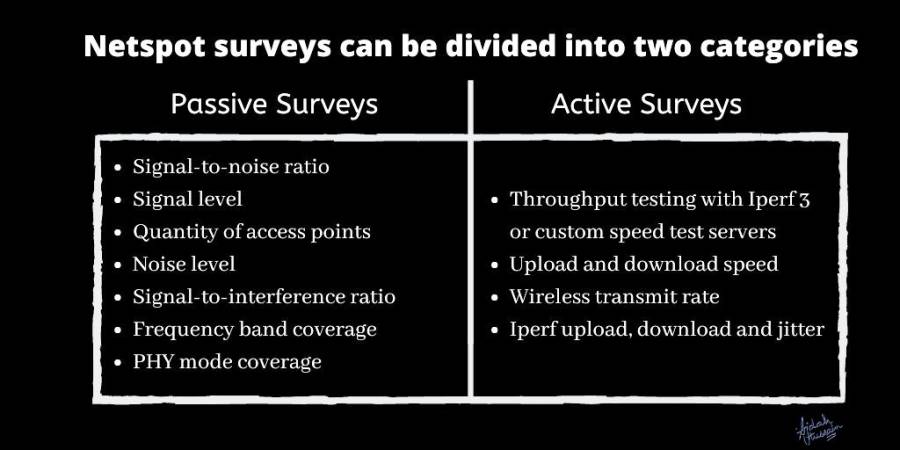The world has progressed onto 5G, and yet many times we end up having trouble connecting to a wireless internet connection. It doesn’t even matter if it’s even under the same roof as us. We find ourselves calling the customer service representative of an ISP — screaming our lungs out about their bad internet coverage. However, is it all their fault?
Read more: 5G and BlockChain: What to Expect?
There are many reasons WiFi can be awful — due to the fact that even a good internet connection can be deemed unfit.
Internet, although, a part of our daily routine ends up making us feel highly frustrated — think many.
Here are some reasons your WiFi might be acting out.
-
Distance –
At times, the routers and access points have a limited reach of up to 100 feet indoors. They are designed to have a low-power broadcast in order to reduce the chances of interference with other equipment in the area.
-
Construction –
Sometimes, Wi-Fi signal drops in particular rooms even though it is strong in the other ones. This is mainly due to the construction of your home in such a manner. Thick walls especially those that contain plaster and lath create a metallic mesh within the walls themselves.
Such walls can successfully upset any WiFi signal that might pass through it. The signal might be reduced to minimal strength or be jammed completely.
-
Device Interference –
Various non-WiFi devices can interfere with the signals due to a match in their operating bandwidth. A WiFi device runs in the 2.4 GHz bandwidth. But so do remote alarm products, cordless phones, wireless microphones, mobile phones, and even Bluetooth.
Moreover, microwaves are also able to create significant interference for the frequency range used by other wireless non-Wi-Fi devices, which in turn can block the signals completely.
-
Other Wi-Fi Devices –
Wireless devices tend to function as per the art of transmitting and receiving data on distinct paths. At times, they shift from the specific instructions to the same default channel.
Thus, if you have more than one WiFi device around the house, office, etc. then you are just forcing all their signals to compete with each other — in the same frequency bandwidth.
Combating the challenges
The latest WiFi products (802.11n) are to have a higher frequency range, therefore, the issue of distance can be tackled by observing its distance. In order to have a better and reliable network, over a lot of ground area. The best thing to do would be getting additional wireless routers or repeaters.
Wireless routers, repeaters or ethernet cable will enhance your coverage as long as you place them at a healthy distance from each other.
One thing that will always remain the same is your own distance from the device. The closer you will be to it the stronger connectivity signals you will have.
When you seem to have a construction issue that might be interfering with the signal, you will need to change the router’s position to a more common ground for all the rooms.
Change the position as much as you have to, the more you do it – the more you’ll know. Create a structured formation line and place your router as per that configuration to avoid the chances of intrusions.
If you think that there might be too much device interference then your strategy to overcome this would be placing such wireless devices away from the router.
However, if the disturbance persists you would have to replace those devices with wireless-friendly substitutes or equipment with 5GHz frequency bands (802.11n products).
Since we already know that, other WiFi Devices may affect your signals as well. The best plan of action for you is to switch to a different frequency or a less packed area. A signal booster may also help you combat the challenges a WiFi device presents.
You can also install a DD-WRT on your router if it is possible.
All wireless routers have a pre-installed firmware designed with a software that helps its hardware work efficiently. Some of such routers have the ability to run 3rd party firmware as well, in order to boost their function.
A DD-WRT is able to boost Wi-Fi signals by help you customize the router settings as per your desire. However — just remember that you need to adjust the amount of power your router can draw safely. Otherwise, it’d end up being overheated, and you losing your money to another router.
Read more: 9 Main Security Challenges for the future of IoT
How to Detect such Issues?
There are many apps that can help you detect and recognize such issues without having to invest too much time. Here’s a list to help you choose;
- Netspot
- WiFi Analyzer
- iNet
- Scanny
- Open Signal
- Network Signal Info
- Wi-Fi Monitor
- Wi-Fi Sweet-spots
- Scan-Fi
- Wi-Fi Manager – Home Wi-Fi Alert
- Wi-Fi Analytics Tool
- Wi-Fi Data – Signal Analyzer
- IP tools – Wi-Fi Analyzer
Although all these are able to help you detect the interferences with your WiFi signal — not all offer the same things. While some might be able to help you come across every single thing that you ought to know others might just tell you about your signal strength or the position.
Netspot is by far the best Wi-Fi analyzer app that I have come across. The company offered me a Netspot Pro License key for a month’s trial in September 2019, and it has done nothing but made my life easier.
How does NetSpot work?
Netspot is a software tool that is available on mobiles as well as laptops & computers. The app has to be downloaded and offers both a free and a pro version.
- Wireless Network Assessment.
- Wireless Network Scanning and Surveys.
- Analyzing Wi-Fi Coverage.
- WiFi Performance.
The app as two modes “Discover mode,” which helps you search, analyze, compare, and check the networks available around you. You can check the strength of each signal by clicking on it in the graph column alongside the other nit-grit piece of information that might come in handy. You can even download its CSV report.
The other mode, “Full Site Survey,” helps you create a map or customize their sample map and place pins where you think all the WiFi devices are, one by one.
Once complete, you can start the survey and check which connection is strong and which isn’t.
The survey offers 15 different heat map visualizations — each one to focus on a different area of the WiFi assessment.
By far, this is the only app that I know of with this many heat map visualizations and detail.
Why is WiFi Range and Position important?
If you have an office or company, digital marketing (being today’s best mode of customer acquisition) for you will be a failure. You will not be able to update your social media as often and as much as those who have sorted all this out already. Your work hours will mostly constitute you waiting for a download or upload only to delay the important tasks, at hand.
WiFi is only as important as the tasks you complete using the internet.
Moreover, even if you are using your WiFi for entertainment purposes — would you rather wait for a movie to stream every five minutes, and then buffer for the 10, or would you just relax and enjoy it in one go?
Read more: Which companies have the strictest internet censorship?
The Internet has become one of the essential necessities of our lives, nowadays.
From connectivity to entertainment, from travels to medication bills — we do almost everything using the internet. Therefore, when you choose to neglect your WiFi positioning or analysis, you are only neglecting yourself, your dreams, and your loved ones in the long run.




















